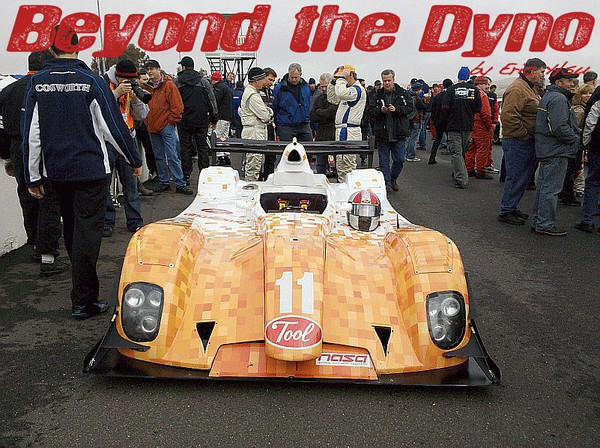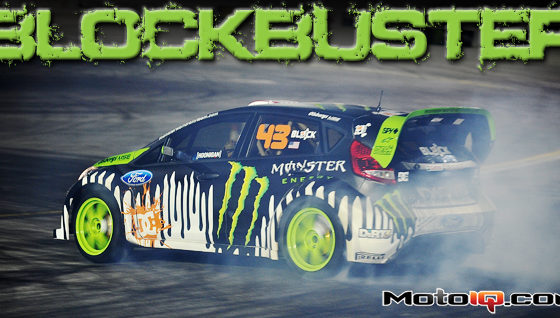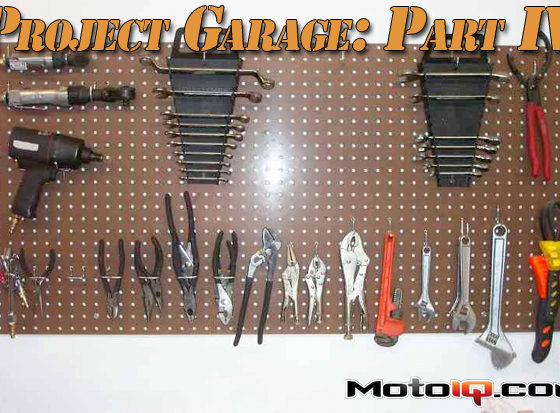To read what happened to the BMC Tool Racing Panoz in 2009 at Thunderhill, click here!
The 25 Hours of Thunderhill is an annual enduro organized by NASA. What I like about the event is that it's a “run what you brung” type of event that is basically almost open to any type of car. There are a massive amount of Mazda MX-5s and RX7/8s, a ton of BMW E30/36/46/92s, 911s, stock cars, Ford GTs, random kit car/exotics, Subarus, Hondas, Normas, Radicals, and of course a Panoz DP02. The variety of cars is what makes the race interesting. And while they are racing each other wheel to wheel, each and every car is also battling physics, design, mechanical practicality, aero, fuel consumption, engine/drivetrain reliability, tire wear, and on and on. Endurance racing not only tests the car, but also the crew and drivers. Almost every element of the car and its team is put to the test. I believe endurance racing is the ultimate test of automotive machine and man.
During this past November, the guys over at Tool Racing have been working on the Panoz DP-02 non-stop, seven days a week, 14-18 hours per day. The car sat in the shop for the first half of 2010 except for getting put on the race track for a 2nd place overall finish at the NASA 3 hour enduro at Buttonwillow back in June 2010. Erich and Sean actually drove the car to an overall win, but the team was penalized because of a fuel spilling incident in the hot pits. The BMC Tool Racing team won the Buttonwillow event with the car mechanically configured exactly how it was for the 2009 NASA 25 Hours of Thunderhill with the exception of suspension and chassis setup changes for Buttonwillow of course. The car was still running the normally aspirated Cosworth YDT 300hp engine which is based on the Mazda 2.3L MZR (Mazda 3/6 engines).
At last year's 25 Hours of Thunderhill, we (as in Tool Racing) were hit with a 103dB sound penalty and were forced to do some “creative” plumbing to get the car to not piss off the sound meters. Erich from Tool mentioned that we needed to install a Garrett muffler for 2010 so there would be no more battling the decibel limit. At the time I thought he was joking, but then I found out that the noise emissions rule would be even stricter in 2010. In 2009 the <103dB limit was enforced after 5PM whereas in 2010 the decibel limit was to be enforced the entire race. Then in July 2010 after the Buttonwillow enduro, Ken got a call from TJ from Tool asking if we could build them a turbo engine for the 2010 25 Hours of Thunderhill. After some discussion about the details and power requirements, the program was a go. We got started in August with engine component design. While Cosworth Torrance has built many Mazda MZRs for Formula Atlantic, Ford Duratecs for Caterhams and other crate engine customers, we had only built several turbo Mazda DISIs (Mazdaspeed 3/6 engines) for engine durability testing on the dyno. At Cosworth, we do not have any off the shelf components for turbo MZRs or DISIs like we do for the Subaru, Nissan, and Mitsubishi engines. So while we had the opportunity to design the components from scratch, the time frame would be tight for us. You would know what I mean if you've ever dealt with a British company...
 For those of you who read my articles from last year's crash damage, the front lower A-arms are now mounted to the carbon tub in double shear for added crash worthiness in the case of an off-track event. Going off track was a huge concern this year due to the heavy rain.
For those of you who read my articles from last year's crash damage, the front lower A-arms are now mounted to the carbon tub in double shear for added crash worthiness in the case of an off-track event. Going off track was a huge concern this year due to the heavy rain.
The planned delivery date for the engine was mid-October. While waiting for the engine, the Panoz was getting completely revamped. MJ is the crew chief/engineer behind the chassis who doubled as a mechanic during the car's build. TJ is the team manager and shop foreman at Tool who is also an ultra experienced race car mechanic. The BMC Tool Racing Panoz DP02 was basically modified and put together by MJ and TJ. More power and torque would require a stronger drivetrain, better brakes, larger tires, more aero, and all that good stuff. Since everything in the DP02 was pretty much a clean sheet design, it wasn't going to be an easy feat to modify the car short of doing more clean sheet design and a ton of custom fabrication and manufacturing. MJ and TJ made some good decisions to make the car handle the turbo power without spending a ton of money trying to reinvent the wheel. To stay with the 13” wheels, larger diameter brakes weren't going to be possible. So rather than going larger, they ducted the brakes and chose grabbier Performance Friction pads. Remember the car's original weight was 1200lbs and it was powered by a 180bhp engine so the 4 pot APs didn't need ducting originally.
For the drivetrain, MJ had some ultra heavy duty 300M axle shafts made. Taylor Race Engineering (coincidentally they also build the Sierra Sierra EVO transmissions) did some forced oiling mods to the Hewland box to keep the temperatures under control. The Cosworth Pectel ECU controls the transmission pump and datalogs gearbox temperature, differential temperature, and gearbox fluid pump pressure. A new rear wing, a new rear diffuser, larger front splitter, front dive planes were added, and larger tunnels were added to improve the aero situation. Since wheel selection is very limited in the 13” world, MJ decided it would be better to keep the wheel and tire sizes the same because 1) Hankook offered the ultra sticky C91s in the current size and 2) the tires would act as a fuse with the marginal driveline strength. The idea was that if the car was traction limited, I would calibrate the traction control in the Cosworth Pectel SQ6 ECU to help out the traction situation that way.

Here's a picture of the turbo engine. The installation isn't quite complete at this point, but the basic layout is set. The inlet manifold is from an engine that Cosworth builds for Caterham in the UK. It has short runners, air horns, and a giant plenum volume which worked out quite well for the turbo engine. The throttle body is a 75mm Ford Racing unit from a Fox body Mustang Cobra.

Here you can see the new front splitter, dive planes, brakeducts, etc. The ride height isn't quite set yet, but the front splitter ends up being a bit lower.

The new larger rear wing and the larger rear diffuser combo is supposed to increase rear downforce by 1.5x over the old combination.

Here's the Ron Davis NASCAR Cup Car radiator sitting in the carbon tub. Why a Cup Car radiator? Because it's big, the connections worked perfectly, and it was 2/3 the price of a custom radiator as Ron Davis makes these in volume. Ron Davis makes beautiful, ultra high quality radiators. You know what else I like about them? THEY ARE MADE IN THE USA.
I'll explain some more in part 2 of this story which is coming very soon. It has a lot to do with delayed engine components, trouble on the dyno, zero car testing before arrival at Thunderhill, problems with the car that prevented testing and more. Mark_F from Cosworth Electronics in Indy was flown out to help out as far as the data analysis side of the chassis goes. If MJ had time to test the car, Mark probably would not have had to fly out to the crummy, raining weather at Thunderhill.
Part 2 is coming very soon. For now, check out some of these teaser videos that Nick, Adam, and the video crew made.



